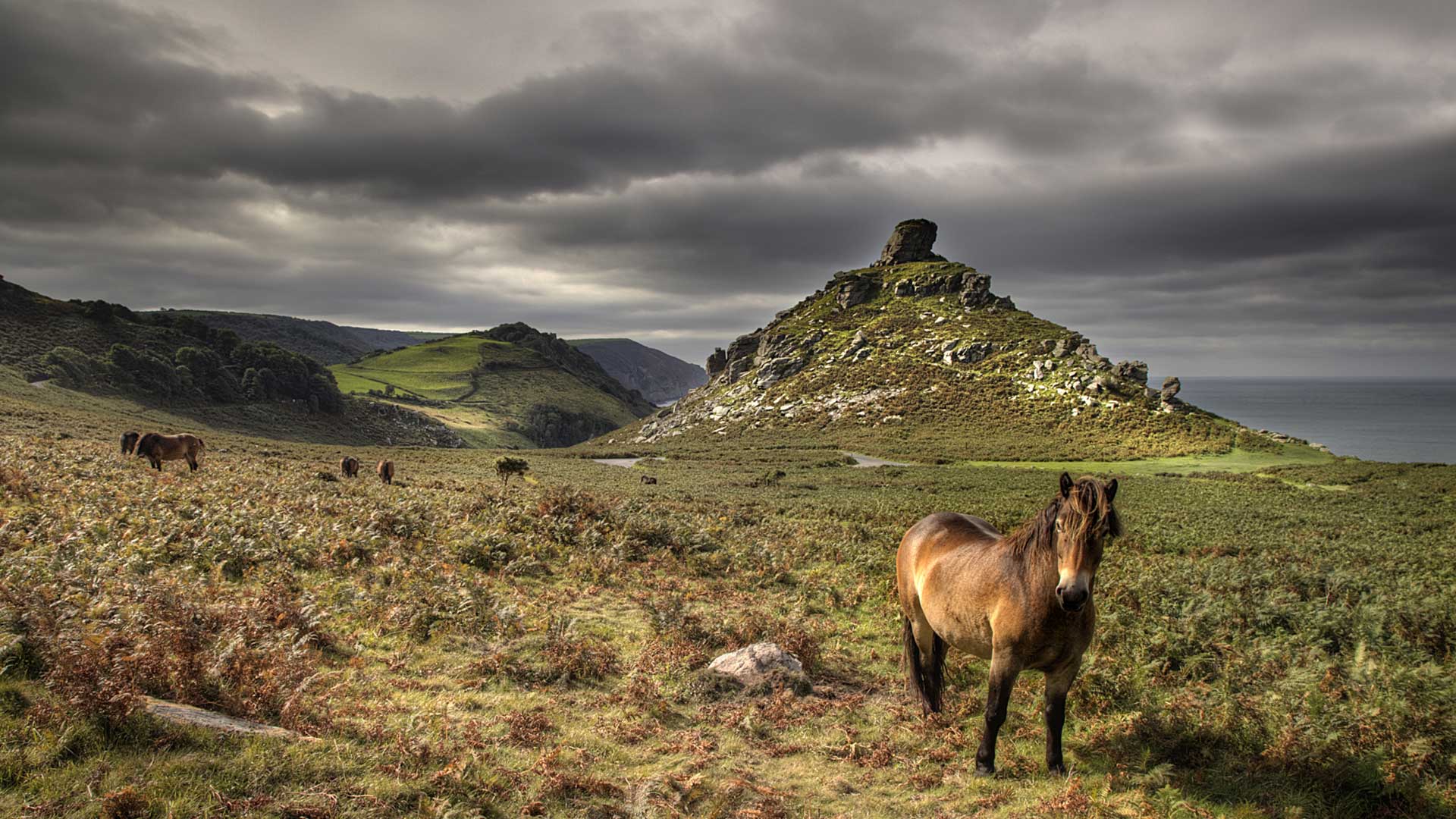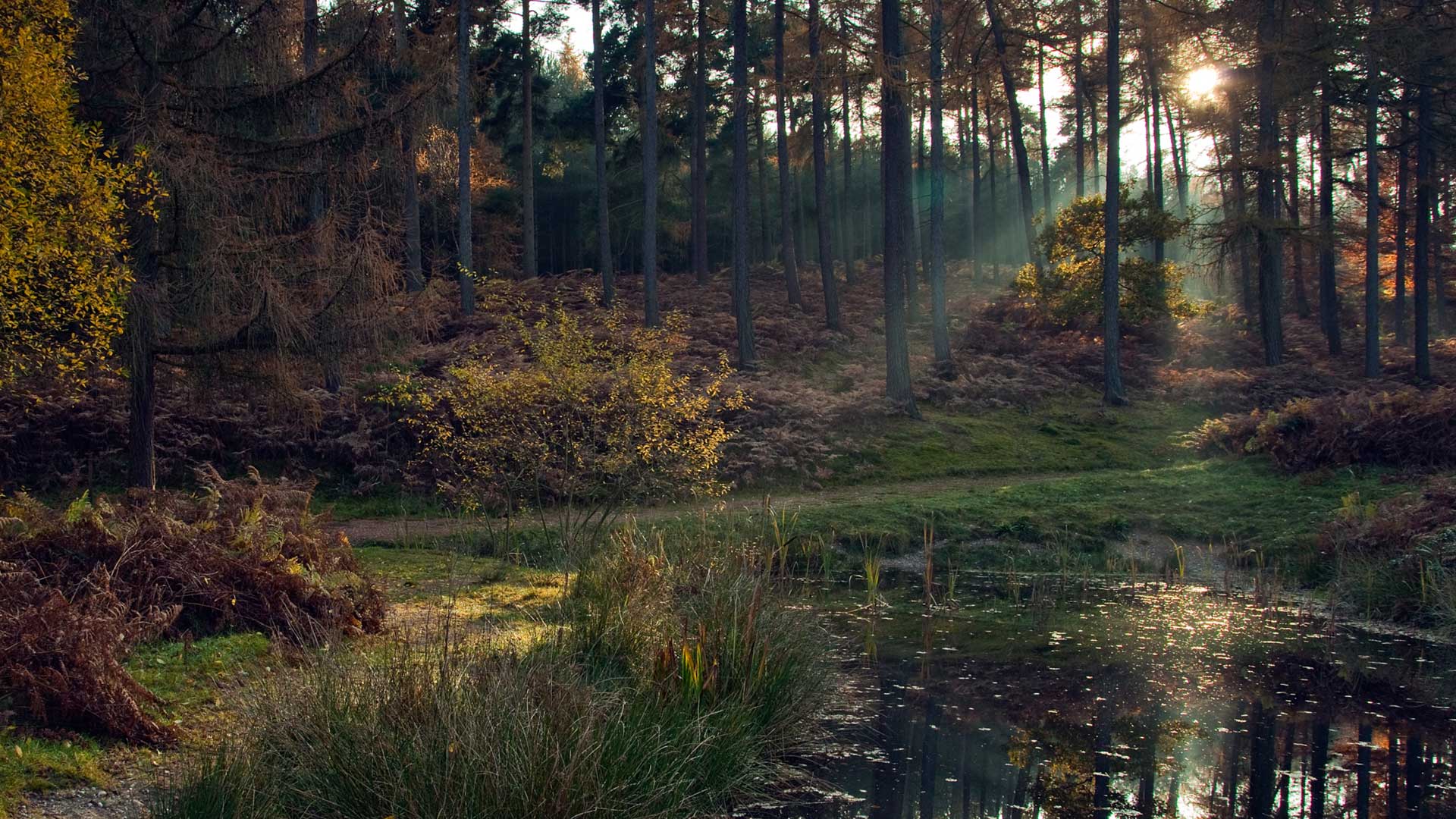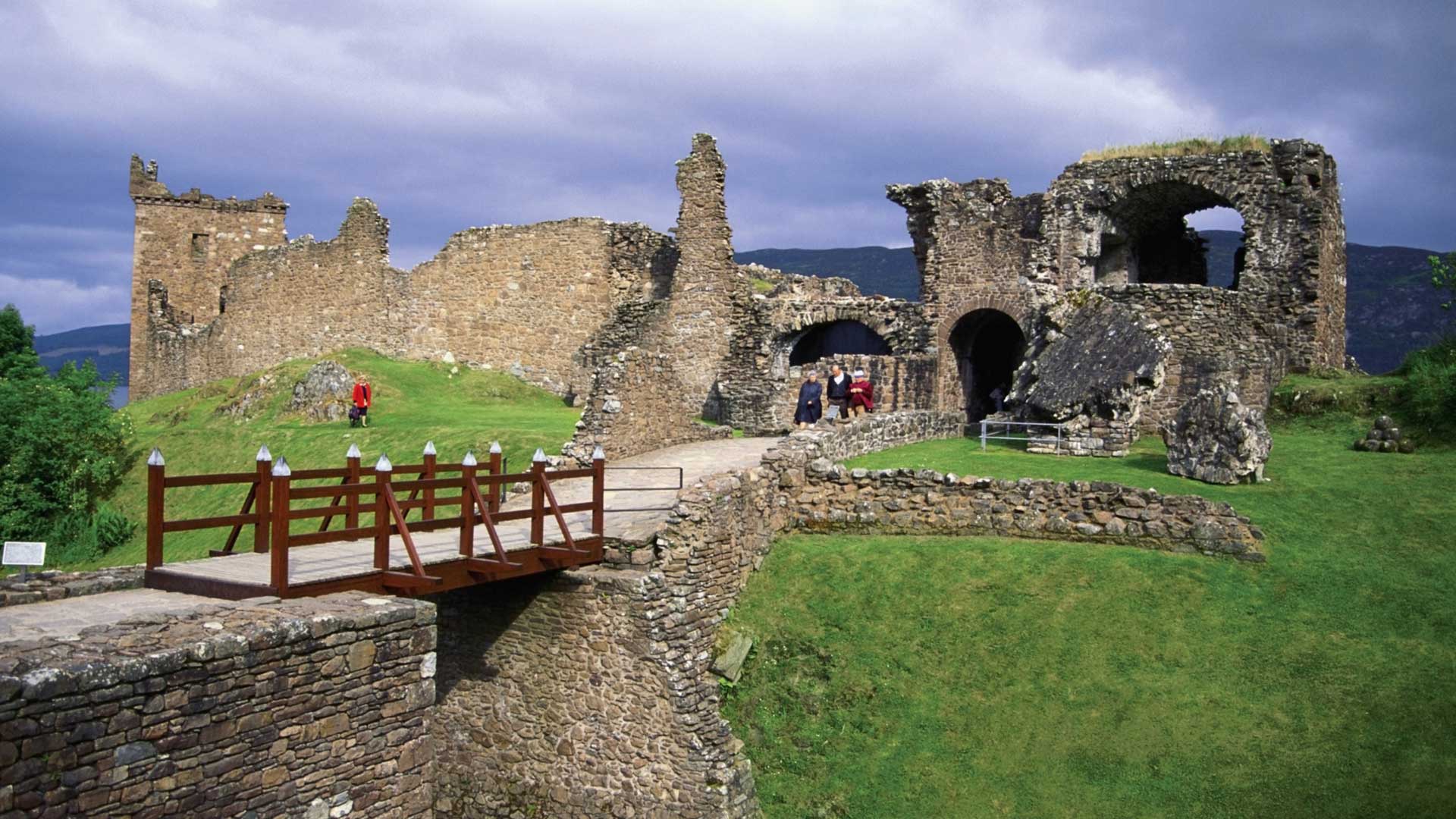Top Spots to Hunt Monsters in the U.K.
The perfect road trip for cryptozoologists traveling around the U.K.

-
Anyone with an interest in cryptozoology – the investigation and study of mystery animals – will find more than enough to interest them wherever they travel in Britain.
Dr. Karl Shuker is a zoologist who is internationally recognized as a world expert in cryptozoology (the scientific investigation of mystery animals whose existence or identity has yet to be formally ascertained), as well as in animal mythology and allied subjects relating to wildlife anomalies.
-
Exmoor
 For decades, sightings of big black panther-like or brown puma-like cats have been filed all over Britain, but the most famous is the Beast of Exmoor. Reported since the early 1980s in the huge moorland overlapping Devon and Somerset, it has been blamed for many sheep kills. Similar West Country-based reports also have been filed from Dartmoor and Bodmin, but if there are big cats that escaped or were released from captivity, they continue to elude capture. These wild and beautiful locations are well worth a visit.
For decades, sightings of big black panther-like or brown puma-like cats have been filed all over Britain, but the most famous is the Beast of Exmoor. Reported since the early 1980s in the huge moorland overlapping Devon and Somerset, it has been blamed for many sheep kills. Similar West Country-based reports also have been filed from Dartmoor and Bodmin, but if there are big cats that escaped or were released from captivity, they continue to elude capture. These wild and beautiful locations are well worth a visit. -
Mawnan Old Church
Since the 1970s, the woods surrounding the old church in the Cornish village of Mawnan have been the scene of several alleged sightings of a bizarre feathered flying entity nicknamed the Owlman. Although it resembles an owl, it is as tall as a man and stands upright. Zoologists speculate that it may be an escaped European eagle-owl, but eyewitnesses have discounted this. It is a dark, mysterious, and eerie place. -
Falmouth Bay
A very large, long-necked sea monster reminiscent of Nessie and nicknamed Morgawr has been reported in Falmouth Bay, Cornwall, by a number of eyewitnesses since the 1970s. It’s even depicted in two controversial photographs snapped by the equally mysterious, anonymous ‘Mary F.’ -
Cannock Chase
 This extremely large expanse of woodland around Cannock, Staffordshire, is reputedly home to a wide variety of cryptozoological mysteries, including big cats, a pool-inhabiting crocodile, some troll-like or Bigfoot-like humanoid entities, phantom black dogs and even a werewolf. Don’t stay here alone overnight!
This extremely large expanse of woodland around Cannock, Staffordshire, is reputedly home to a wide variety of cryptozoological mysteries, including big cats, a pool-inhabiting crocodile, some troll-like or Bigfoot-like humanoid entities, phantom black dogs and even a werewolf. Don’t stay here alone overnight! -
Bala Lake (Llyn Tegid)
Scotland has Nessie, but Wales has Teggie, the monster of Bala Lake. In a famous 1995 sighting, two tourists were astonished to see a head and a 3-meter-long neck rise above the water’s surface. And when a Japanese television crew arrived, they obtained an unidentified sonar trace of something very big and moving swiftly below the water’s surface. So be careful when paddling here. -
Renwick
In the church at Renwick, Cumbria, is an account describing a creature that was seen in 1733, when this church’s predecessor was being demolished? A gigantic bat-like creature with a scaly body and leathery wings, resembling the fabled cockatrice dragon, supposedly flew out of the foundations and terrorized the Renwick inhabitants. This continued until the creature was slain by local man, John Tallantine, using a lance hewn from the magic-imbued rowan tree. Yet even today, people claim to see it fly at night. -
Loch Ness
 Undoubtedly the most famous cryptozoology-associated location in Britain, Loch Ness’ alleged monster, Nessie, has been reported for centuries, but predominantly since a road opened alongside the loch in 1933. Purported evidence includes sonar traces, photographs and eyewitness reports. Many identities for this elusive water beast have been proposed, including a prehistoric plesiosaur, a long-necked seal, a huge sturgeon and a gigantic eel. But Nessie is still keeping her secret. Take your binoculars – and a camera!
Undoubtedly the most famous cryptozoology-associated location in Britain, Loch Ness’ alleged monster, Nessie, has been reported for centuries, but predominantly since a road opened alongside the loch in 1933. Purported evidence includes sonar traces, photographs and eyewitness reports. Many identities for this elusive water beast have been proposed, including a prehistoric plesiosaur, a long-necked seal, a huge sturgeon and a gigantic eel. But Nessie is still keeping her secret. Take your binoculars – and a camera! -
Benbecula
During the 1830s, a supposed mermaid appeared off the coast of the Outer Hebridean island of Benbecula, where some people were cutting seaweed. A boy hurled a stone at this entity, killing it, and its corpse was later washed ashore. It was then given a formal funeral, even buried in a shroud and coffin, because everyone who had looked at the body was convinced that it really was a mermaid. It combined a black-haired head, upper body of a young girl, and scaleless lower body and tail of a fish. This is a windswept and magical isle. -
Dobhar-chú
The dobhar-chú is an aquatic Irish mystery beast said to resemble a huge otter. One allegedly killed a woman called Grace Connolly in September 1722 after emerging from County Leitrim’s Glenade Lake. Her grave is in Conwall Cemetery, in the townland of Drummans, and its stone bears a carving representing the dobhar-chú. A similar beast was sighted much more recently, in May 1968, near Sraheens Lough on County Mayo’s Achill Island. Is it Irish blarney, or more than a myth? -
Lough Dubh
One day in March 1962, schoolteacher Alphonsus Mullaney and his son were fishing in Lough Dubh (‘Black Lake’) in County Galway when something big pulled on their line. It proved to be a monstrous beast as big as a cow with short thick legs, small ears and dark gray skin covered in short bristles, and a large hippopotamus-like face. It also had a sharp rhinoceros-like horn on the end of its snout. The two men fled in terror, but when they returned in the company of others, the monster had gone – definitely the one that got away!